
Ernst Lichtblau (24 June 1883 in Vienna - 8 January 1963 in Vienna) was an Austrian architect and designer.

Ernst Lichtblau (24 June 1883 in Vienna - 8 January 1963 in Vienna) was an Austrian architect and designer.
Born in an assimilated Jewish family (the father was managing director of a factory for Meerschaum pipes), Lichtblau graduated in 1902 from the state school in the Schellinggasse in downtown Vienna, in which he later (1906-1914) should return as a teacher of furniture design. From 1902 to 1905 he studied at the Vienna Academy of Fine Arts in the master class of Otto Wagner.
Lichtblau in 1904 studied the ancient residential architecture throughout Bosnia and Herzegovina, seeking to create a modern style based on these indigenous forms. His work in Bosnia is one example of the Wagner School's contact with the architecture in Bosnia and Herzegovina.
His drawings were published in 1907 in the journal Der Architekt. They depict groups of old houses under the Jajce Fortress. He was impressed by the cascading and cubist forms of the roofs, the simple but powerful shapes of the houses, modeled by light and fine valers of scale black, white and brown. Thanks to the Art Nouveau interpretation of the contents, in them the old architecture of Bosnia manifested its hidden and subtle artistic values, reaching the level at which the points of contact with modern architecture showed themselves.
In another group of drawings, Lichtblau seeks to create houses or buildings for contemporary needs, contemporary forms and construction. Some drawings show an effort to create a typical house that would take the form of an old residential architecture, some again represent the example of a representative house - villas for Bosnia - of course again designed and designed according to the same principle. [1]
The project for a house in Bosnia was created as early as 1904, so that date can be taken as the beginning of the development or search for a Bosnian style. Because in that Lichtblau project there are already significant components of the old Bosnian architecture - such as the elevated position of the house, the terraced access zone, the environment where the green is very significant is carefully cultivated, the house is enclosed by a high wall around a narrow courtyard. The house itself - the villa - shows that the architect respects the one-story elevation of the old houses; the house has latticework on the corner - with moldings - windows, a high pyramidal roof, white walls, size and proportion, elements and whole derived from old houses and built to new standards.
Lichtblau goes a step further. He designed a villa in Vienna in full Bosnian style, giving this architectural expression European and universal legitimacy. [2]
Lichtbau designs the State Forest Directorate's project as a modern building with the characteristics of a centrally developed layout of a Bosnian apartment building. [3]
From 1910 to 1939 Lichtblau worked as a freelance architect in Vienna. From 1910 to 1920 he was also a freelancer of Wiener Werkstätte, later he was in a relationship with the Social Democrat-led community Rotes Wien , led a housing consultation, the consulting position for interior decoration (BEST), [4] in the Karl-Marx-Hof and participated in communal housing. Lichtblau's most famous buildings include the so-called "chocolate house" in Vienna-Hietzing, a part of the Paul-Speiser-Hof and a double dwelling in the Vienna Werkbundsiedlung due to its façade design with dark brown majolica.
Lichtblau had to emigrate in 1939, he reached the United States from Britain and became a respected teacher at the Rhode Island School of Design.
In 1990, in Donaustadt (22nd district) in Vienna, the Lichtblaustraße was named after him, in Vienna Margareten (5th district) there is an Ernst-Lichtblau-Park.
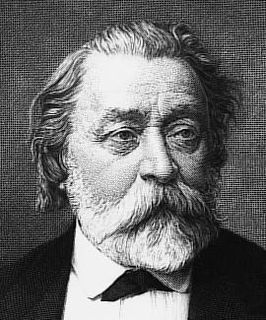
Baron Theophil Edvard von Hansen was a Danish architect who later became an Austrian citizen. He became particularly well known for his buildings and structures in Athens and Vienna, and is considered an outstanding representative of Neoclassicism and Historicism.

Oskar Strnad was an Austrian architect, sculptor, designer and set designer for films and theatres. Together with Josef Frank he was instrumental in creating the distinctive character of the Wiener Schule der Architektur. He stood for a modern concept of "living" for all people, planned and built private dwelling-houses, designed furniture, created ceramics and watercolours and designed sets and props for stage plays and films.

Josef Hoffmann was an Austrian architect and designer. He was among the founders of Vienna Secession and co-establisher of the Wiener Werkstätte. His most famous architectural work is the Palais Stoclet, in Brussels, (1905–1911) a pioneering work of Modern Architecture, Art Deco and peak of Vienna Secession architecture.
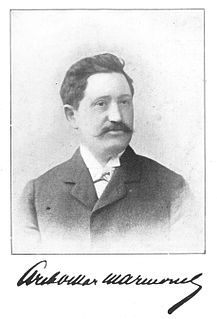
Oskar Adolf Marmorek was a Galician-born Austro-Hungarian architect and Zionist.

The Vienna Künstlerhaus is an art exhibition building in Vienna. It is located on Karlsplatz near the Ringstraße, next to the Musikverein.

Carl Gangolf Kayser was an Austrian architect at the service of Emperor Maximilian I of Mexico, during the Second Mexican Empire. In the later part of his life he returned to Austria and worked on restoring medieval castles.

Josef Frank was an Austrian-born architect, artist, and designer who adopted Swedish citizenship in the latter half of his life. Together with Oskar Strnad, he created the Vienna School of Architecture, and its concept of Modern houses, housing and interiors.

Johann Evangelist Hattey (1859–1904) was an Austrian architect born in Vienna. His father, born in Klášter, Pilsnerkreis, Bohemia, was called Josef (1818–1879) and owned some land and building plots in the city. His mother's name was Anna Maria Borik, born in Žinkovy in 1815 and buried at the Vienna Central Cemetery on 16 January 1894. Most of the buildings Johann built were, and still are, in the 18th area of the Austrian capital called 18.Wiener Gemeindebezirk or achtzehnter Bezirk. According to University site, this is the list of buildings built in Vienna under his direction:
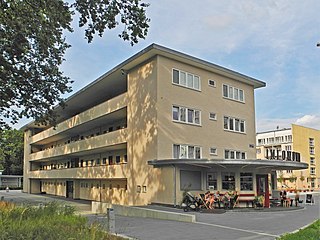
WUWA was a building exhibition held in Breslau, Weimar Republic in 1929. Organized by the Silesian committee of the Deutsche Werkbund, close to the Scheitniger Park. Several local architects, mainly members of Werkbund, participated in the exhibition. 32 different types of buildings were presented to serve as "standards". The main focus was on simple, but not trivial architectonical form and functionality. All 32 buildings were built within a three-month period. Recreational areas were a part of this project, together with a wooden kindergarten which was supposed to show new architectural trends.

Josip Vancaš was an Austro-Hungarian and Yugoslav architect who spent most of his career in the Bosnian city of Sarajevo, where he designed over two hundred buildings. He also designed important buildings in present-day Croatia and Slovenia. He was also the first conductor of the Männergesangverein in Sarajevo, at its founding in 1887.
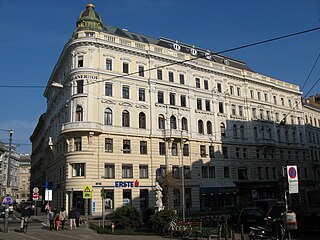
Carl Holzmann was an Austrian architect who designed several apartment buildings in the centre of Vienna, mostly in the Historicist style. They include the Paulanerhof (1894) and the Habig-Hof (1896).

Ernst Hilmar was an Austrian librarian, editor, and musicologist.
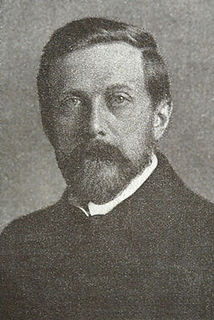
Julius Mayreder was an Austrian architect.

Henry(Jindřich, Heinrich) Kulka was a Moravian (Czechoslovak) and New Zealand modern architect who was a key figure in the development of Raumplan architecture in central Europe between 1919 and 1938. Kulka brought this approach to spatial planning and the Loosian traditions of natural material craftsmanship to modern building in New Zealand (1940–1971) where he was a pioneer of modern architecture.

Lodovico Ottavio Burnacini was an Italian architect, and theatrical stage and costume designer, who served the imperial court in Vienna beginning in 1652. He is considered one of the most important "theater engineers" in Baroque Europe and is a master of drawing. His work as a stage designer for the lavish entertainments at the court of the Emperors Leopold I and Joseph I is preserved in numerous engravings and in many drawings in the collections of the Theatermuseum in Vienna.
Alois Machatschek was an Austrian architect, architectural historian, university professor and architectural preservationist.

Richard Gach born in Itzling, died in Horn, was an Austrian architect, sketch artist, and watercolorist. He mainly designed schools for the city of Vienna and was involved in the construction of some residential buildings.
Rudolf Tönnies was an Austro-Hungarian and Yugoslav architect and politician, son of the famous Swedish industrialist Gustav Tönnies. Together with the Czeck Josip Pospišil and the Austrian Ernst Lichtblau, who had all studied at the Art Academy in Vienna with Karl von Hasenauer and Otto Wagner, Tönnies is considered one of the proponents of the "Bosnian style" as a step towards architectural modernism in Bosnia and Herzegovina, as opposed to Moorish Revival style
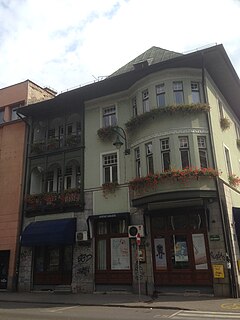
The Bosnian style in architecture is a specific architectural expression at the beginning of the 20th century, which evolved from the traditional architecture of Vienna Secession and from the awareness of the fact that the work originated in Bosnia and Herzegovina.
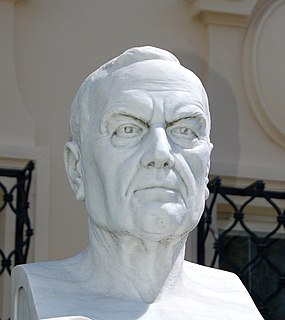
Ludwig Baumann was an Austrian architect.